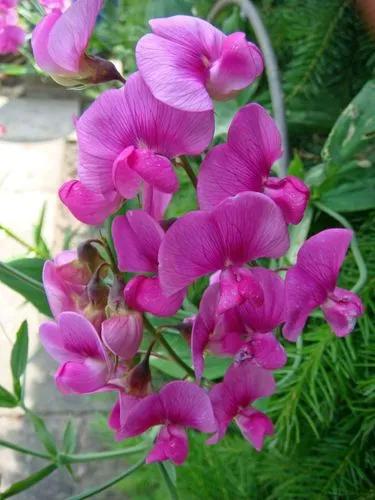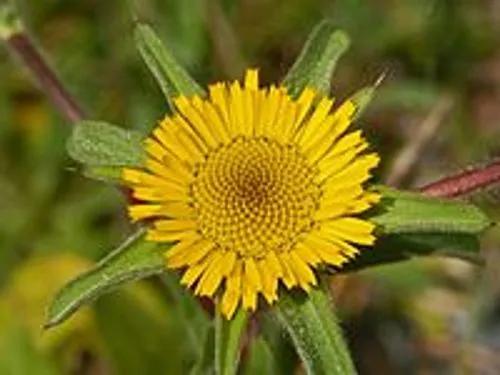Chinese wisteria (Wisteria sinensis) is a deciduous perennial vine with a twining growth habit. Like all members of the wisteria group, Chinese wisteria is a stunning bloomer. From May to June, it bears large, drooping clusters of fragrant flowers that are typically a bluish-purple. The vine is a vigorous climber that can grow to 25 feet. Trellises and other supports must be sturdy to hold the plant's weight. Chinese wisteria can take up to 20 years to mature enough to produce flowers. But it also tends to be very long-lasting, living up to 100 years.
Chinese Wisteria Care
Wisteria Sinensis



How to Care for the Plant

Water

Chinese wisteria needs 0.5 cups of water every 9 when it doesn't get direct sunlight and is potted in a 5" pot.

Pruning

Pinch off dead leaves and stems.

Fertilizer

As with most houseplants, they will benefit from an occasional feed during the growing season. An organic, balanced, liquid fertilizer once a month during spring and summer is recommended.

Sunlight

They need around six hours of sunlight (and no less than four), but they also benefit from some time spent in the shade.

Soil

Loose, light, humus soil is ideal for this plant.

Temperature

Chinese wisteria can withstand temperatures down to around minus 20 degrees Fahrenheit. But its buds might die in prolonged cold, causing the plant to flower less.

Container

Choose a pot that is 2.5-5.08 cm (1-2”) larger than the current size.

Additional

All parts of the plant contain a toxin known as wisterin. This can cause nausea, vomiting, diarrhea, dizziness, and confusion in humans and animals. Symptoms range from mild to severe depending on how much they eat. The seeds are especially dangerous because they have a high concentration of the toxin. So it's best to keep pets and children away from this plant.

Popularity

5,875 people already have this plant 1,404 people have added this plant to their wishlists
Discover more plants with the list below
Popular articles






